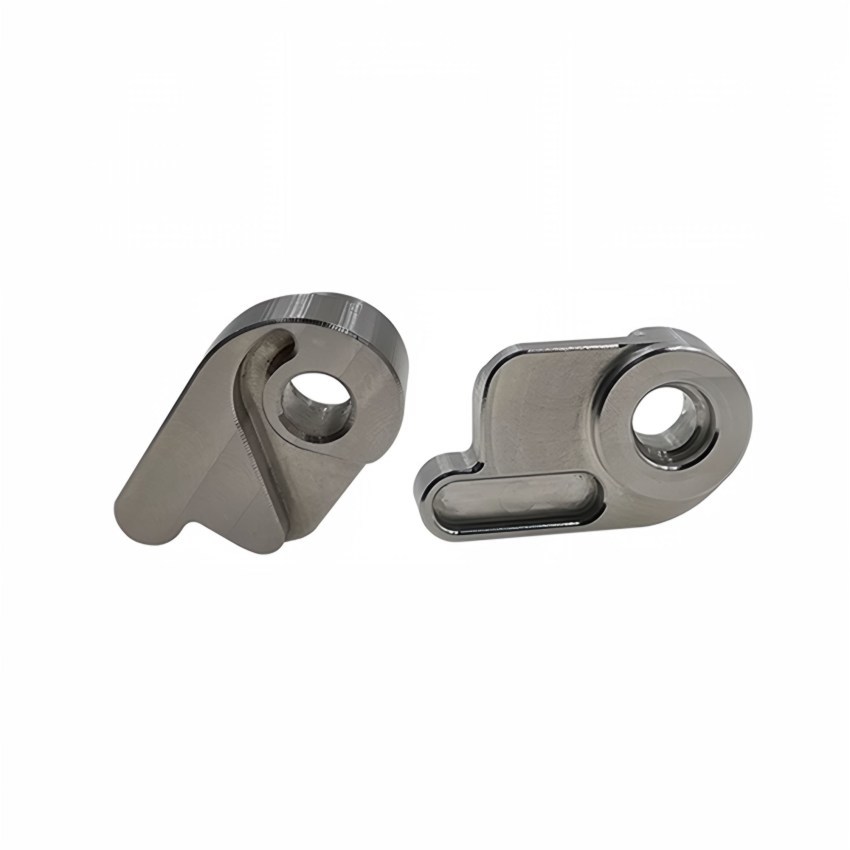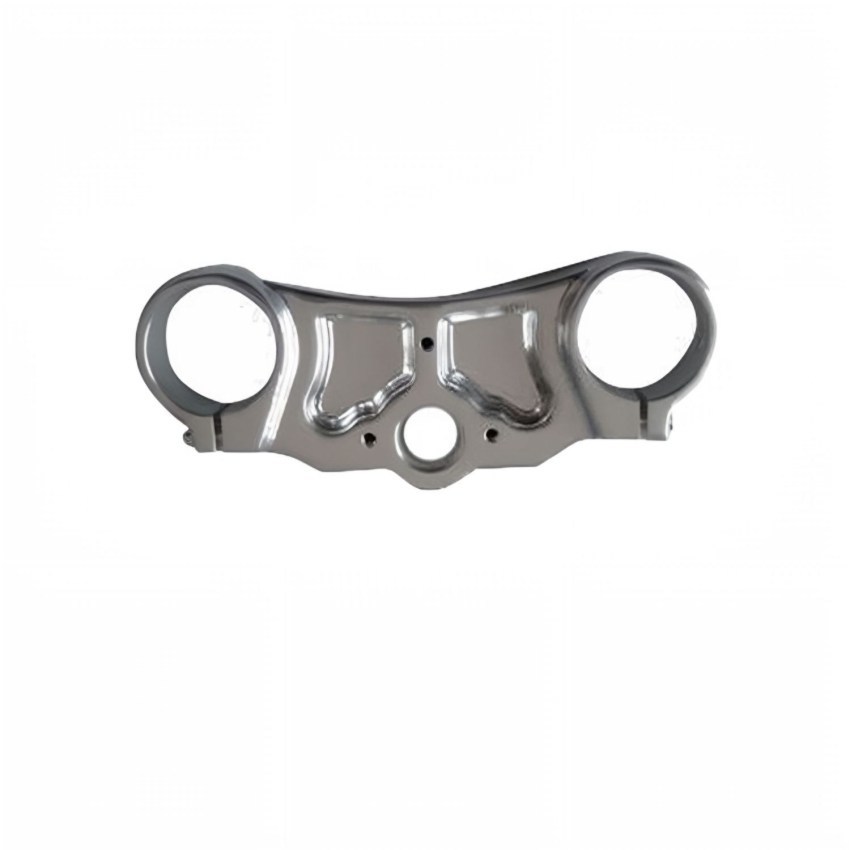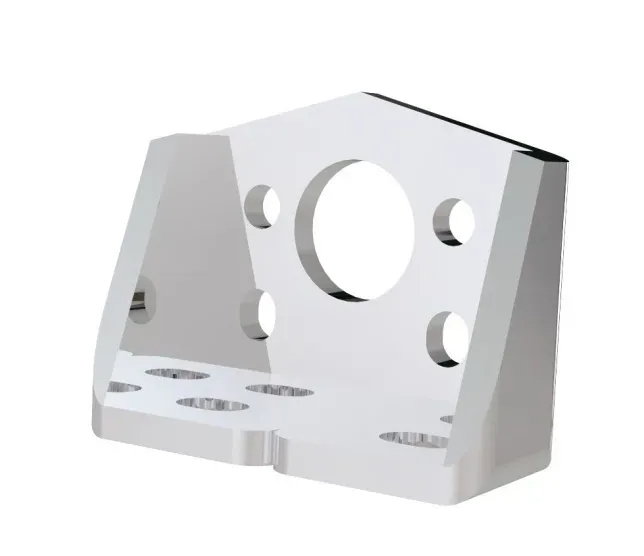The Advantages of Using Laser Machines in Metal Fabrication
Release time:
2025-06-29
The Advantages of Using Laser Machines in Metal Fabrication Table of Contents 1. Introduction to Laser Machines in Metal Fabrication 2. Enhanced Precision and Accuracy in Metal Cutting 3. Increased Efficiency and Speed of Production 4. Versatility in Material Processing 5. Reduced Waste and Cost-Effectiveness 6. Improved Safety and Working Conditions 7. Innovations in Laser Technology 8. Future Tr

The Advantages of Using Laser Machines in Metal Fabrication
Table of Contents
1. Introduction to Laser Machines in Metal Fabrication
2. Enhanced Precision and Accuracy in Metal Cutting
3. Increased Efficiency and Speed of Production
4. Versatility in Material Processing
5. Reduced Waste and Cost-Effectiveness
6. Improved Safety and Working Conditions
7. Innovations in Laser Technology
8. Future Trends in Laser Machine Applications
9. Frequently Asked Questions (FAQs)
10. Conclusion
1. Introduction to Laser Machines in Metal Fabrication
In the ever-evolving landscape of manufacturing, **laser machines** have emerged as a cornerstone technology in **metal fabrication**. These precision tools utilize focused light energy to cut, engrave, and weld a variety of metals with unparalleled accuracy. As industries push for higher standards and better production capabilities, the adoption of laser technology is not just a trend but a necessity. This article delves into the numerous advantages that laser machines offer to the metal fabrication sector, showcasing why they are indispensable in modern manufacturing processes.
2. Enhanced Precision and Accuracy in Metal Cutting
One of the hallmark benefits of using laser machines in metal fabrication is their **precision**. Unlike traditional machining processes, lasers can achieve intricate designs and tolerances that are often impossible to replicate with other methods. The focused beam of light allows for **narrow kerf widths**, resulting in cleaner cuts and less need for post-processing.
Moreover, the ability to cut complex shapes and patterns makes laser technology particularly valuable in industries where detail is paramount, such as aerospace and automotive. The high degree of control over cutting parameters, such as speed and power intensity, ensures that manufacturers can achieve consistent results across different production runs.
3. Increased Efficiency and Speed of Production
Laser cutting machines are engineered for **speed**. The rapid movement of the laser head means that projects can be completed in a fraction of the time required by traditional machining methods. This efficiency translates into shorter lead times for clients and improved throughput for manufacturers.
Additionally, the automation capabilities of modern laser machines allow for **24/7 operation** with minimal human intervention. Utilizing computer numerical control (CNC) technology, manufacturers can program intricate designs that the laser will execute autonomously, further streamlining the production process.
4. Versatility in Material Processing
Laser machines excel in their capability to process a wide range of materials. From **stainless steel** and **aluminum** to **copper** and **plastics**, lasers can effectively cut through diverse substrates. This versatility makes them suitable for various applications, whether in crafting delicate components for electronics or constructing heavy machinery parts.
Furthermore, advancements in laser technology, such as fiber lasers and CO2 lasers, enable manufacturers to switch between different materials with ease. This adaptability is crucial in today’s market, where custom and small-batch production runs are increasingly common.
5. Reduced Waste and Cost-Effectiveness
One of the most pressing concerns in manufacturing is waste reduction. Traditional cutting methods often result in significant material waste due to their less precise nature. In contrast, laser cutting machines optimize **material utilization**, allowing for tighter nesting of parts on the fabrication sheet. This efficient use of resources not only minimizes waste but also reduces overall material costs.
Moreover, the durability of laser-cut components can lead to lower maintenance and replacement costs over time. As customers demand high-quality products at competitive prices, the cost-effectiveness of laser machines becomes a compelling advantage.
6. Improved Safety and Working Conditions
Safety in the workplace is a top priority for any manufacturing operation. Laser machines, when operated correctly, offer enhanced safety features compared to traditional machining tools. The enclosed nature of many laser cutting systems reduces the risk of accidents associated with flying debris or exposure to sharp tools.
Moreover, the precision of laser cutting minimizes the likelihood of operational errors that can lead to hazardous situations. Manufacturers can ensure a safer working environment while maintaining high productivity levels, contributing to overall employee satisfaction and retention.
7. Innovations in Laser Technology
The field of laser technology is continuously advancing, with new innovations emerging to further enhance the capabilities of laser machines. For example, **high-powered fiber lasers** are becoming increasingly popular due to their energy efficiency and ability to cut through thicker materials.
Additionally, advancements in **automation** and **software integration** allow for more intuitive operation and improved production scheduling. These innovations not only streamline the manufacturing process but also enable manufacturers to stay competitive in a rapidly changing market.
8. Future Trends in Laser Machine Applications
As industries evolve, so do the applications of laser machines in metal fabrication. The integration of **Industry 4.0** principles is paving the way for smarter manufacturing processes. Emerging trends include the use of **artificial intelligence** and **machine learning** to optimize cutting parameters in real-time, resulting in further enhanced efficiency and quality.
Furthermore, as sustainability becomes a more pressing concern, laser technology is being explored for its potential in eco-friendly manufacturing practices. The ability to minimize waste and energy consumption aligns perfectly with the growing demand for sustainable production methods.
9. Frequently Asked Questions (FAQs)
Q1: What types of materials can laser machines cut?
A1: Laser machines can cut a variety of materials, including metals like stainless steel, aluminum, and copper, as well as non-metals such as plastics and wood.
Q2: How does the precision of laser cutting compare to traditional methods?
A2: Laser cutting offers significantly higher precision than traditional methods, allowing for intricate designs and tighter tolerances.
Q3: Are laser machines cost-effective for small batch production?
A3: Yes, laser machines are highly cost-effective for small batch production due to their ability to reduce waste and optimize material usage.
Q4: How has laser technology evolved in recent years?
A4: Recent advancements include the development of high-powered fiber lasers, improved automation, and integration with AI for optimized cutting processes.
Q5: What safety measures are in place for operating laser machines?
A5: Laser machines are equipped with safety features such as enclosed cutting areas, safety interlocks, and protective eyewear to ensure a safe working environment.
10. Conclusion
In conclusion, the advantages of using laser machines in metal fabrication extend far beyond mere efficiency. From enhancing precision and versatility to reducing waste and improving safety, laser technology is revolutionizing the manufacturing landscape. As industries continue to evolve, embracing innovations in laser technology will undoubtedly provide manufacturers with the competitive edge they need to thrive. Investing in laser machines is not just a choice; it’s a strategic decision that positions companies for sustained success in a dynamic market.
Key words:





